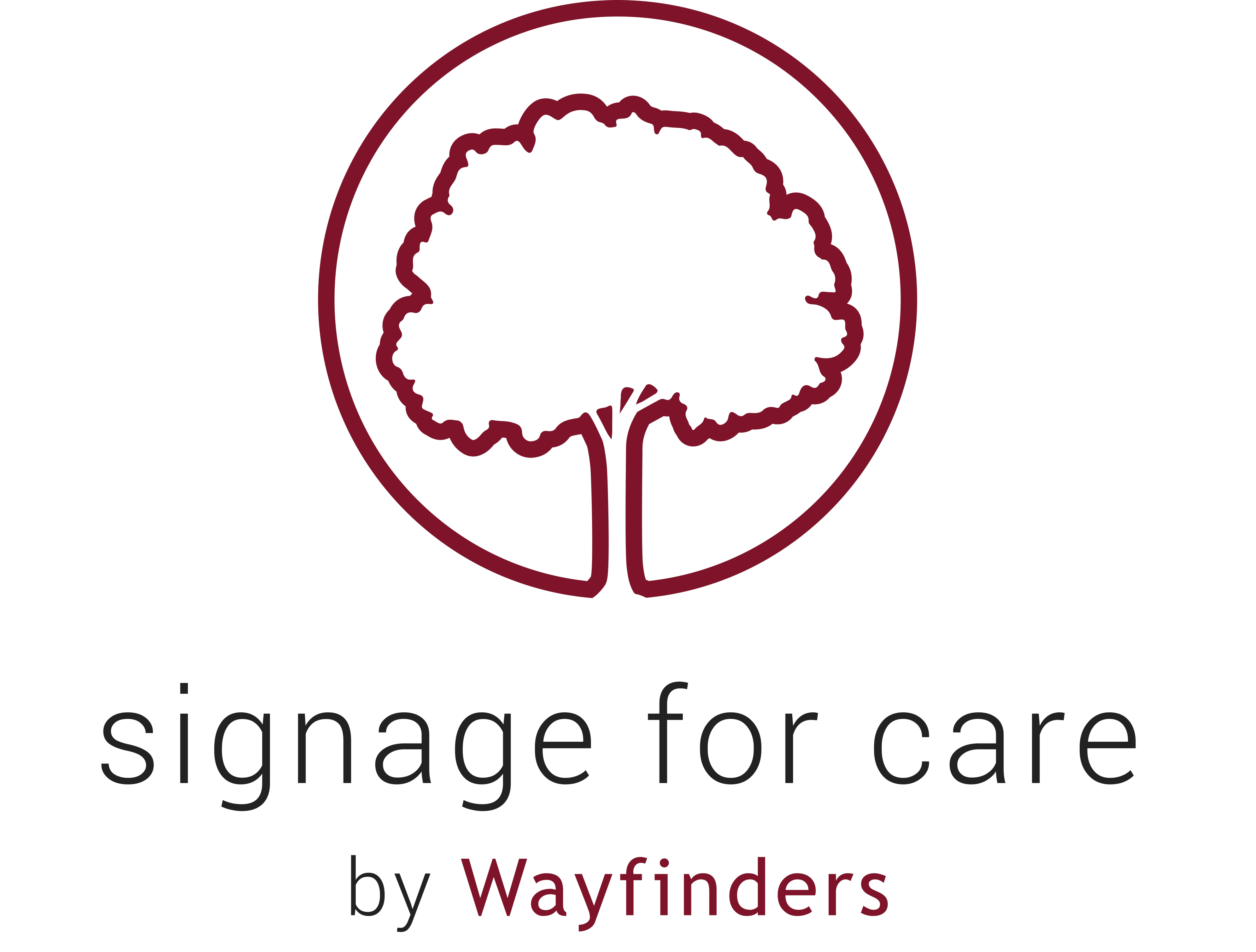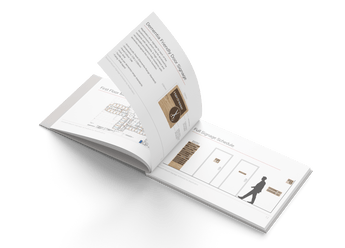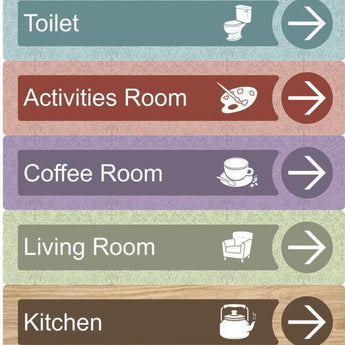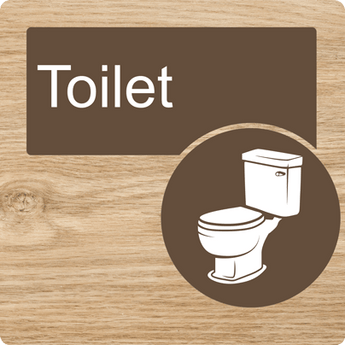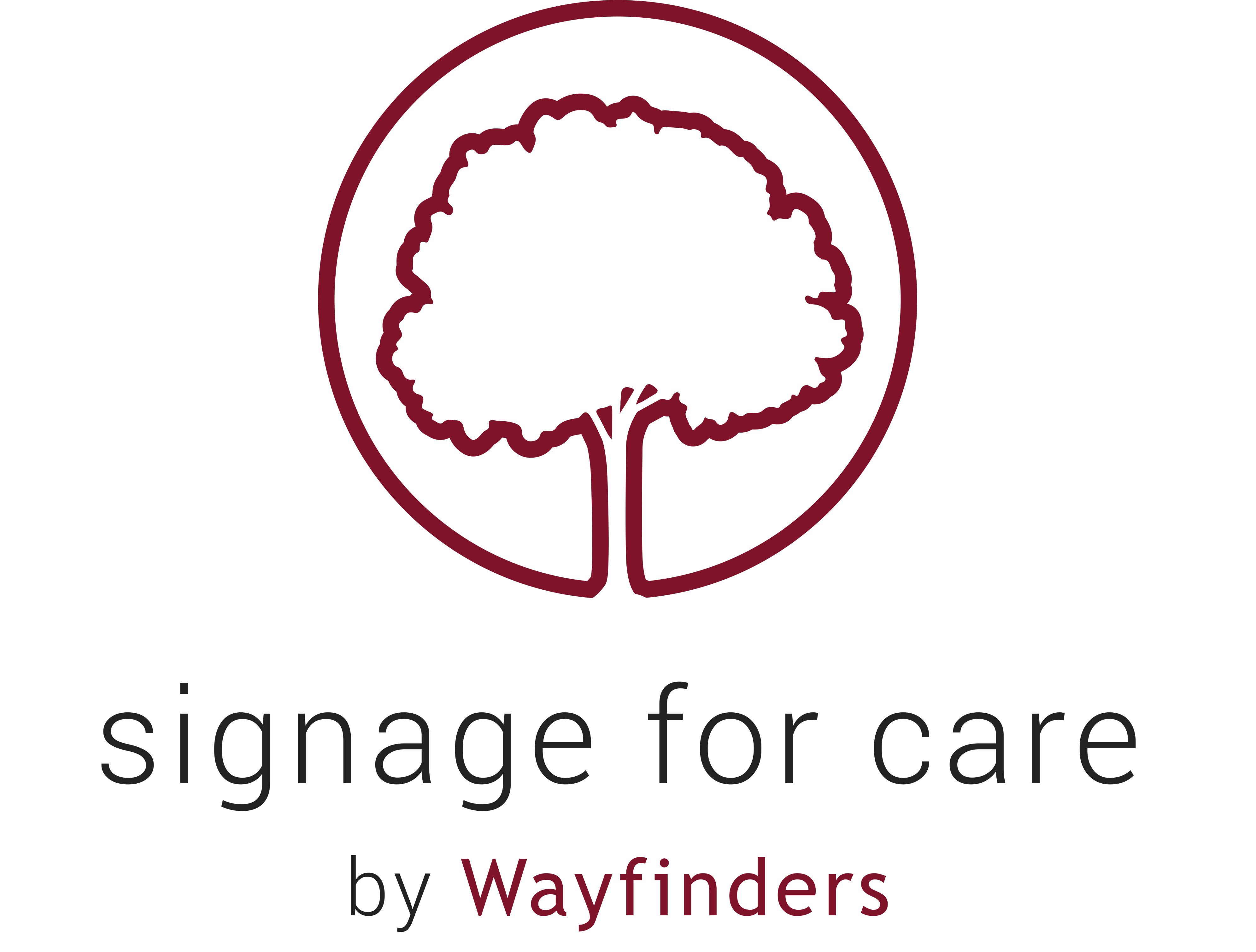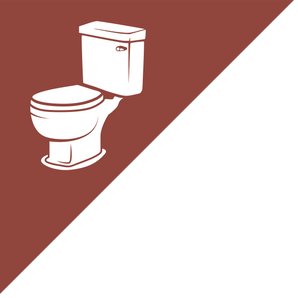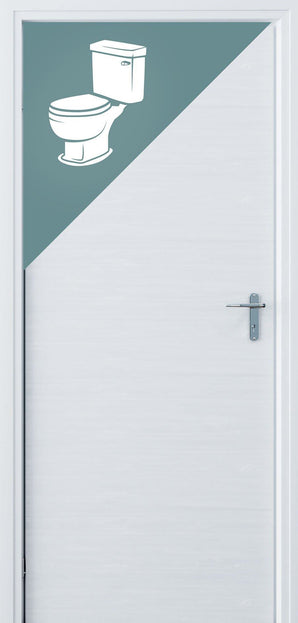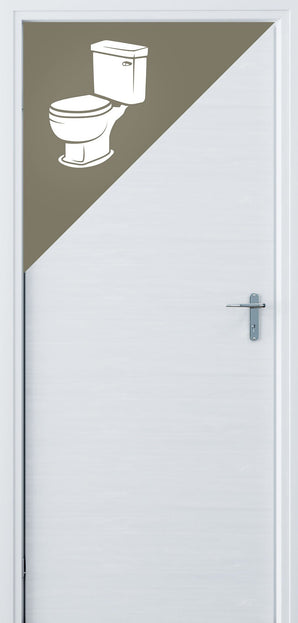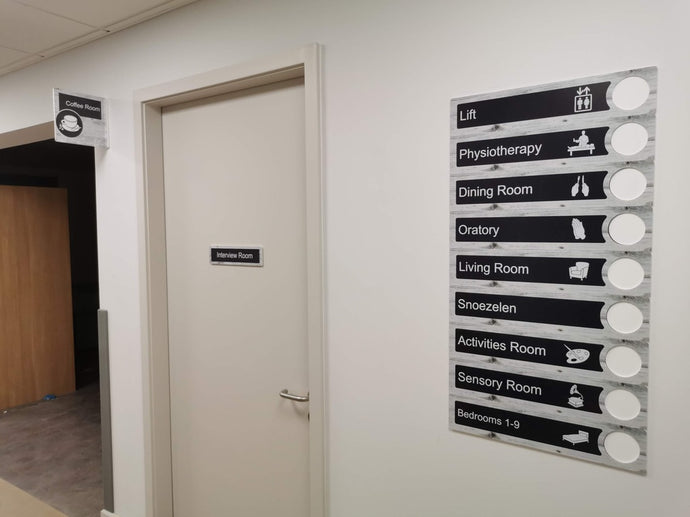
Dementia Friendly Signage Checklist
Creating a dementia friendly space can have a major impact on improving independence and accessibility for people living with dementia. Simple changes to signage, flooring and lighting can make a huge difference.
The checklist has been created to help you understand if your signage is correct for the environment and what you need to look for when sourcing new signage.
Checklist
This checklist has been created to help you understand if your signage is correct for the environment and what you need to look for when sourcing new signage.
✅ Are your signs clear and have the correct level of contrast between text and background?
✅ Is your text the right size? Dementia signage should have 50% larger text compared to non-dementia signage.
✅ Are your Signs using the right text styles? Avoid using all upper or lower case in your signs and stick to using both upper and lower case as people with visual impairments may still be able to recongnise the pattern of the words when these are used.
✅ Is there a contrast between the sign and the surface it is mounted on? Will this enable the person to recognise it as a sign?
✅ Are the signs positioned at the correct level and in the eye line for those living with dementia?
✅ Do your signs have easily recognised visual representation of the room they are signing? These visual clues are used more widely then the text so it is important at you use the most common representation to aid in understanding.
✅ Are the Icons or images the right size? The image should at least be twice the size of the text, to make it the most prominent feature.
✅ Do your images meet with the minimum recommended Light Reflective Value (LRV) contrast? Often multicoloured images will not meet this, so using a monochrome, 3D icon will assure the contrast ratio is met throughout the sign.
✅ Are signs placed at key decision points for someone who is trying to navigate your premises?
✅ Are signs for toilets and exits clear? Using a different colour sign for all toilets can make them stand out against other areas of the environment. It's important to maintain the same look and feel, but changing colours can help emphasise important spaces.
✅ Are glass doors clearly marked? Glass doors can provide a challenge if your signage is required to be fixed with screws. Using signage that can be fitted with high strength adhesive, provides the flexibility that the signage can be mounted to any surface.
Signage Consulation
Send us your drawings, we'll do the rest. No limit on the size of your floor plans. We will design a full wayfinding schedule to solve all your problems and create a dementia friendly environment that looks great.
Turnaround Time: 3 business days from when you submit your drawings.
What You Get: A full wayfinding schedule in PDF format to best suit your floor plans
We do not offer refunds on our consultation service. However, if you decide to purchase our signage - the €99 will be automatically credited to your account.

Request a Free Signage Consultation
If you would like more help and advice on your current signage, you can request a free signage consultation where one of our architects will provide you with a clear and detailed signage schedule for your environment.
Shop The Range
1A Accredited by the University of Stirling's Dementia Services Development Centre.Our signs make living with dementia that bit easier. The range is high contrasting, texturised and with custom designed iconography to make them prominent and recognisable without compromising on aesthetics.
